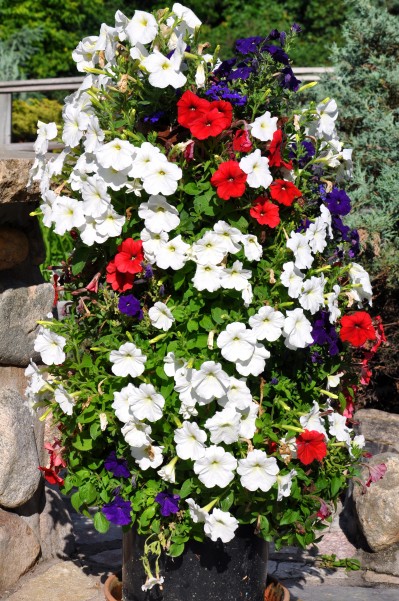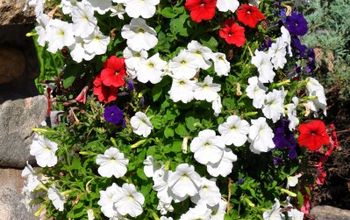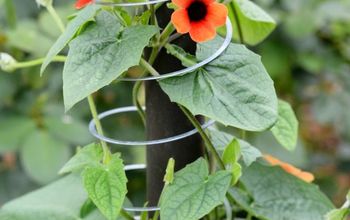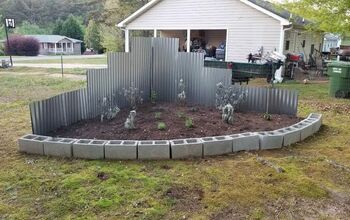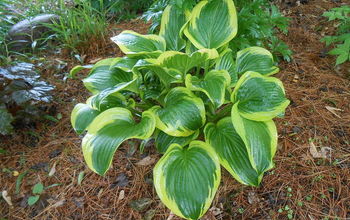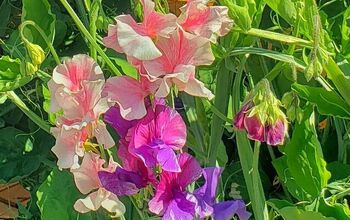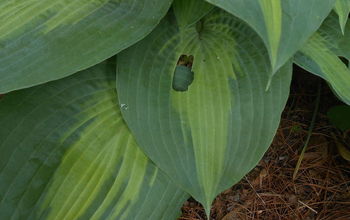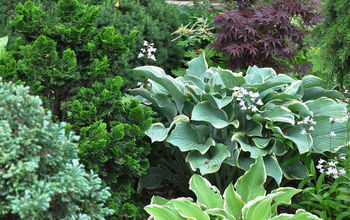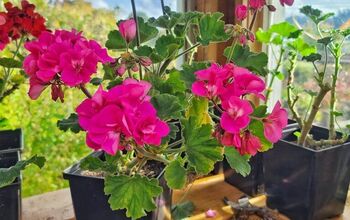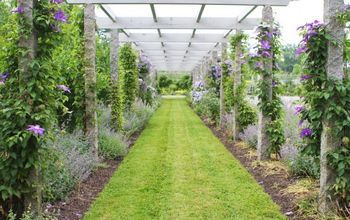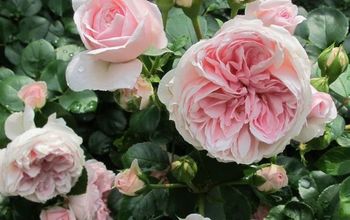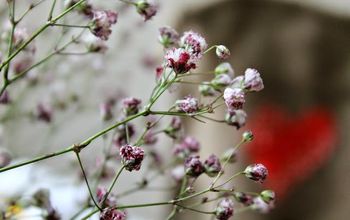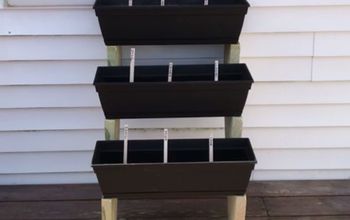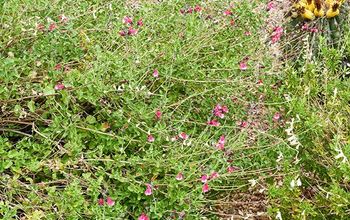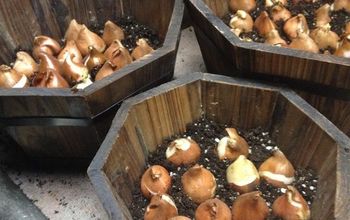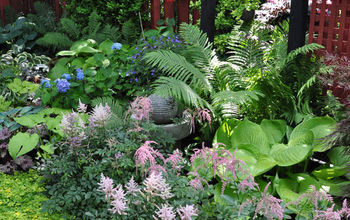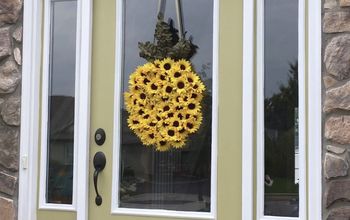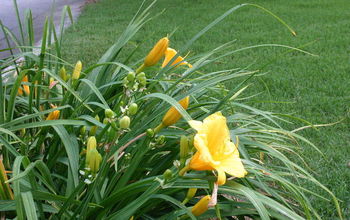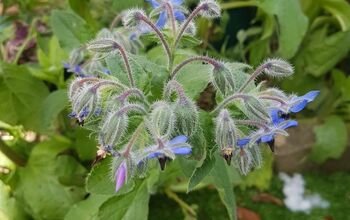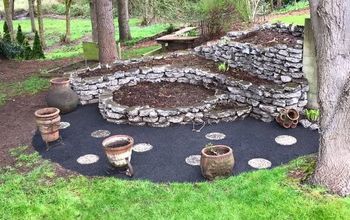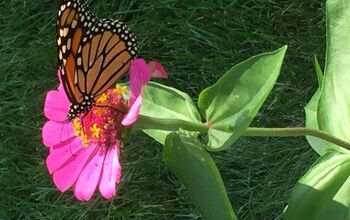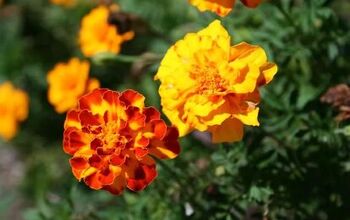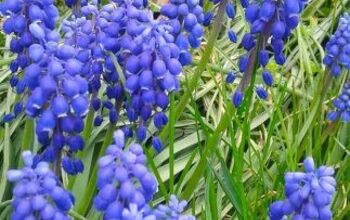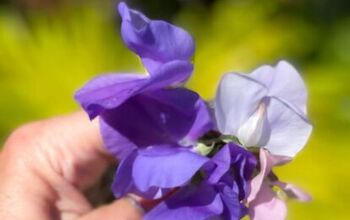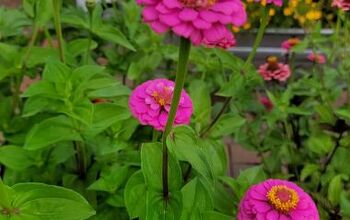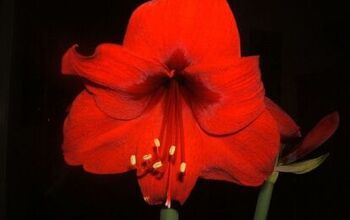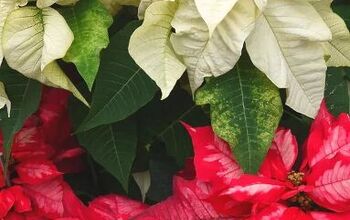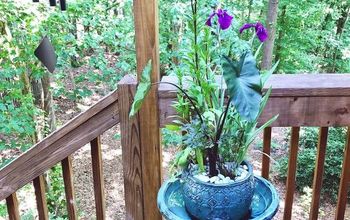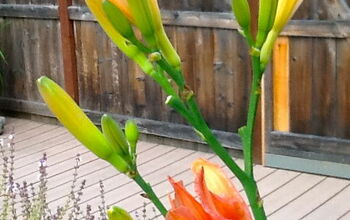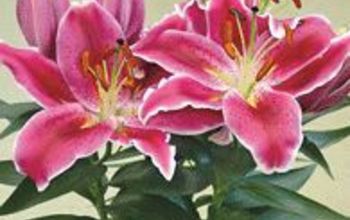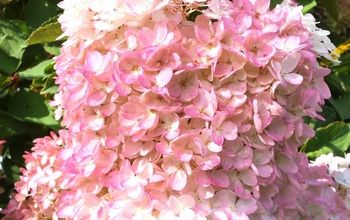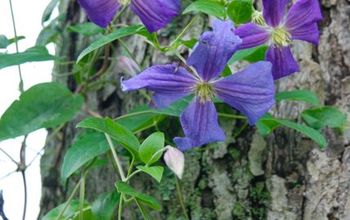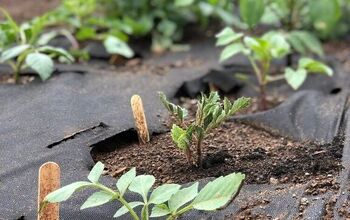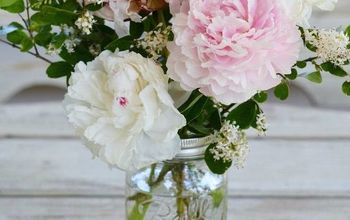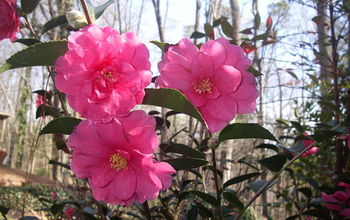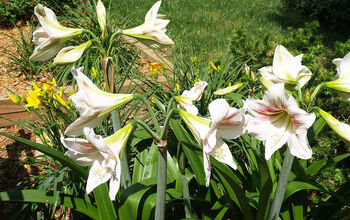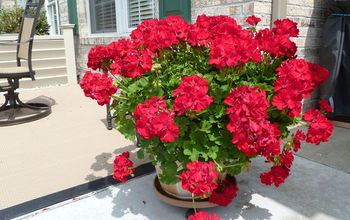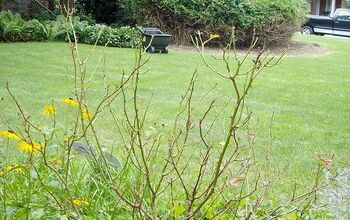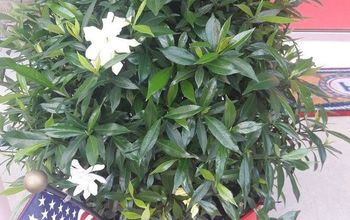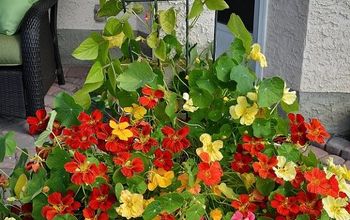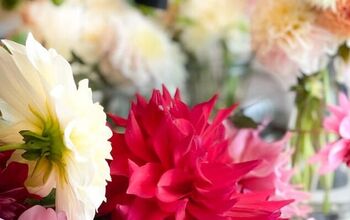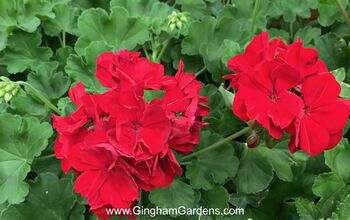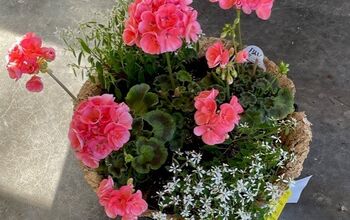Poinsettias are a beautiful addition to your home decor any time of the year, but they often bring a much-needed burst of color during those late fall and early winter months when the days get colder and shorter.Typically sold between Thanksgiving and Christmas, poinsettias are actually the highest-selling potted plant in the United States. Although they’re often associated with the holidays, poinsettias can actually thrive all year long during each and every season.With the proper guidance, you can continue to care for poinsettias after Christmas—even long after the celebrations have ended. To show you how to properly maintain your poinsettia plant and keep it blooming throughout the year, we will walk you through the most important steps you need to care for a poinsettia plant.What Are Poinsettias?Perhaps the most interesting fact about poinsettias, or Euphorbia pulcherrima as they’re known in scientific circles, is that this much-loved plant is esteemed for its leaves rather than its flowers.In fact, the colorful blooms we often associate with the poinsettia plant—most commonly red, white, and pink—are actually modified leaves called bracts. These brightly-colored bracts are meant to attract insects to the tiny yellow flowers in the middle of the poinsettia plant (called the cyathia).The bracts will naturally drop off after pollination or any time the plant becomes overly stressed. This stress can happen anytime the poinsettia plant is exposed to extreme temperature shifts or a lack of water.How to Buy Healthy PoinsettiasThere are several things you can do to make sure that you’re buying healthy poinsettias. These pointers are especially important if you’d like your poinsettias to live through the holiday season and beyond:Look carefully at the poinsettia plant you’re considering for purchase. Check to see if it has shed any pollen. Avoid plants that already have a dusting of pollen on the bracts.Make sure the poinsettia plant has plenty of deep green leaves.Consider the conditions it’s currently living in at the store. Poinsettias are tropical plants so they thrive under high levels of humidity and sunlight. If it’s not living in these conditions where you find the plant, it’s probably not off to a very good start.Basically, you want to make sure that the poinsettia plant is currently healthy, and that it will stay healthy long after you transport it home. There’s nothing worse than buying a beautiful plant at the store only to have it start dying on you just days after you bring it home.Here are five telltale signs a poinsettia plant may not be healthy and that you should avoid it:It has ripped leaves or bracts.The flowers are broken apart instead of being tightly clustered buds.It has brown or white spots on the leaves, bracts, or roots.Its leaves are yellowing or sagging.Its soil is overly wet or far too dry.Lastly, you want to make sure that the poinsettia plant is not infested with bugs before you bring it home. The most common pests that target poinsettia plants are whiteflies, fungus gnats, thrips, shore flies, and spider mites.By simply looking closely, you can tell whether or not these pests have made a home on your poinsettia plant, whether it’s by yellowing or wilted leaves or by merely spotting the insects.Are Poinsettias Poisonous?Contrary to popular belief, poinsettias are not, in fact, poisonous. However, they do have toxic properties that make eating them or overly touching them a bad idea for both humans and pets. Poinsettia exposure can cause cases of discomfort when touched or ingested, including: Stomach aches, vomiting, and diarrheaEye irritationSkin irritation like redness, swelling, and itchinessFortunately, there are no documented cases of death occurring after poinsettia ingestion. Just the same, it’s best to appreciate your poinsettia plants from afar and refrain from eating them or touching them without gloves.Of course, picking the plant up by its pot is perfectly fine. Also, be sure to keep your poinsettia plant out of reach from pets and children.
